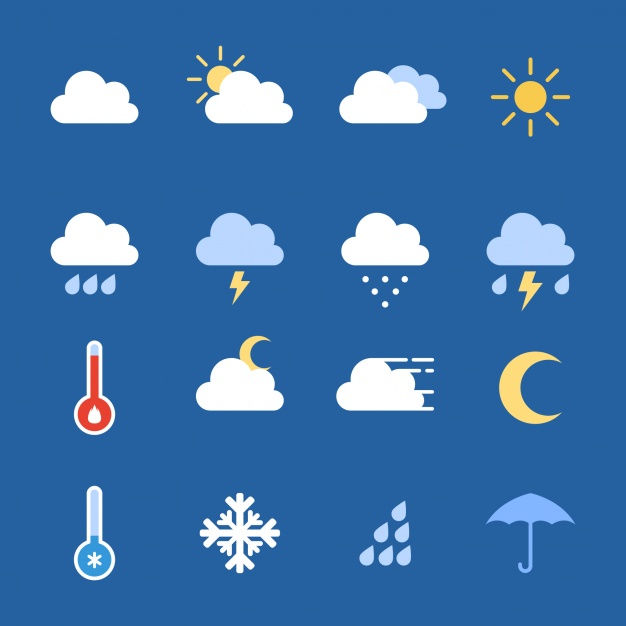How Does Snow Form?
- Joy Williams
- Mar 31, 2021
- 2 min read
It's a cold cloudy winter day. You walk outside to see powdery flakes falling from the sky. It starts coating everything in white and seems like a miracle substance. People around you are getting excited or worried depending if they have to drive home in it. Kids are quick to start making snow angels and snow men. You may or may not be wondering this, but how in the world does the sky make this white stuff? Just keep reading to find out!
Snow forms when the temperature in the atmosphere is at or below freezing (0°C or 32°F) and there is moisture in the air. What you might not have known is that snow may form in the atmosphere but not ever actually reach the ground! There are several factors that determine this. It will usually reach the ground if the ground temperature is at or below freezing, however the snow can still reach it if the temps are above freezing being that the conditions are just right. (nsidc.org)
According to NOAA (National Oceanic and Atmospheric Administration), a snowflake begins to form when an extremely cold water droplet freezes onto a pollen or dust particle, known as the snowflake's nucleus, in the sky. This creates an ice crystal. As the ice crystal falls to the ground, water vapor freezes onto the primary crystal, building new crystals which result in the six arms of the snowflake. It's amazing to know that the six arms will always be identical because they each experience the same conditions as the snowflake falls through the atmosphere!

Different types of snowflakes shown here. Source: https://www.noaa.gov/stories/how-do-snowflakes-form-science-behind-snow
We have seen our fair share of snow this year already! The winter storm of February 2021 brought wide spread snow to the United States and even dumped over a foot of snow in southern states such as Texas and Arkansas who rarely even see a few inches a year!



Comments